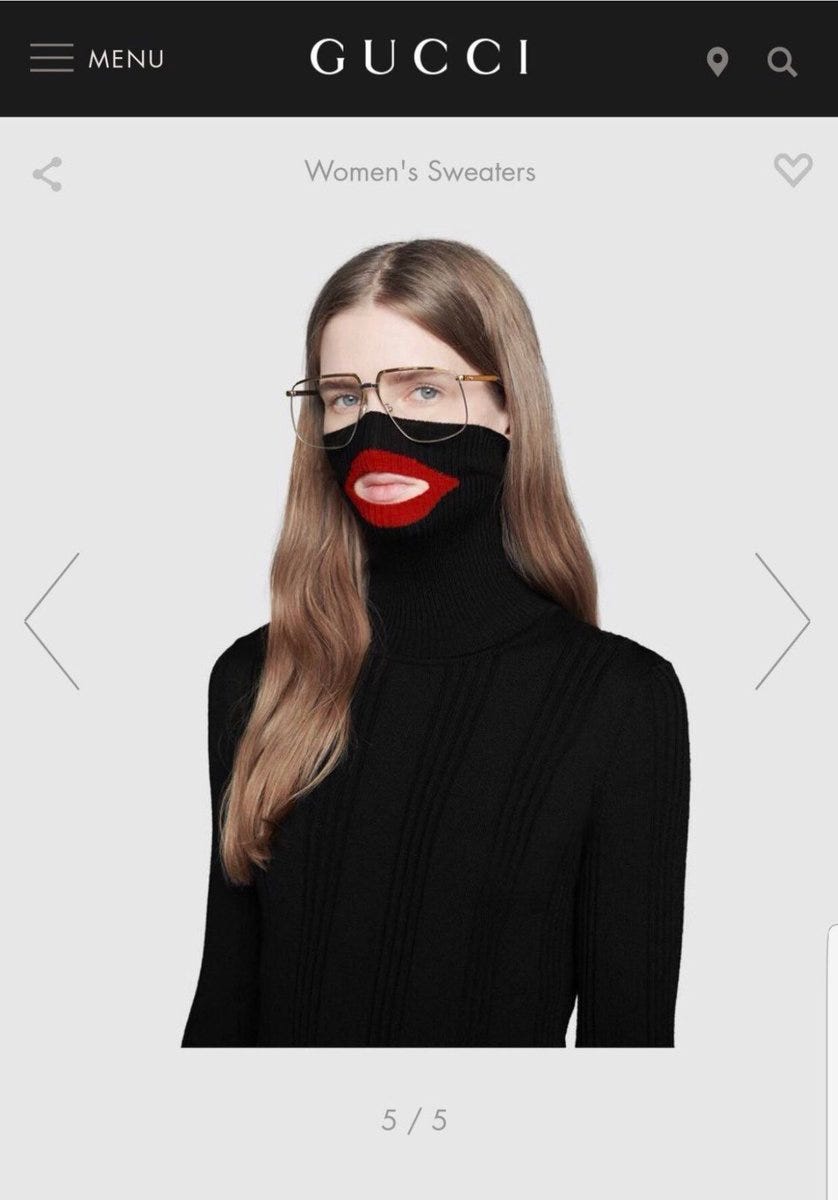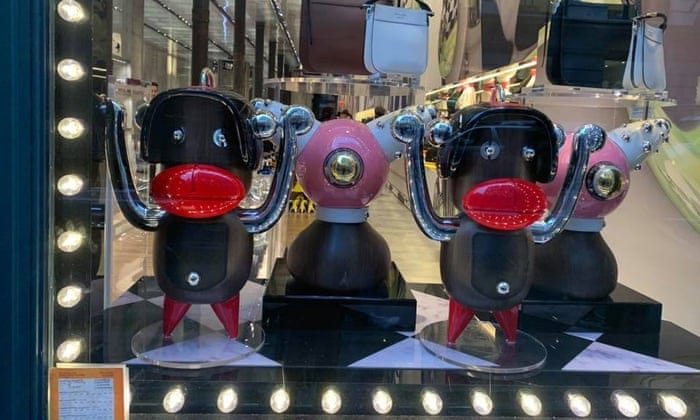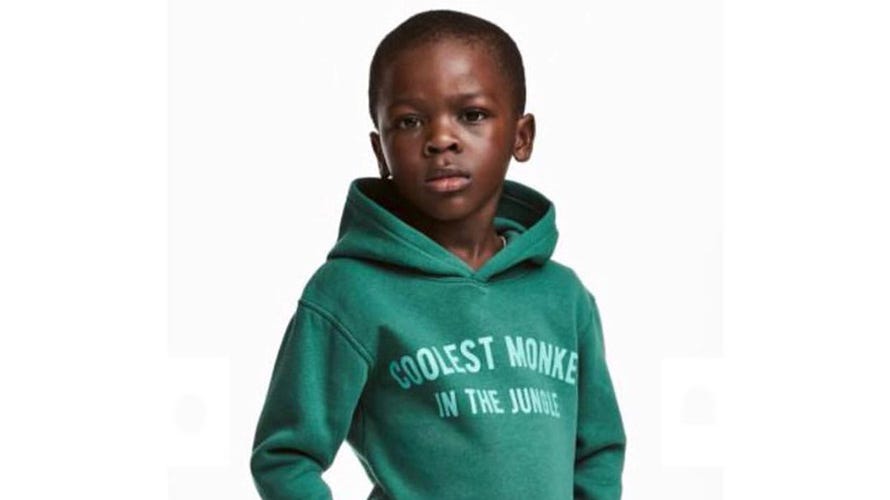It happened again.
Gucci, the luxury goods retailer, is pulling a product off the shelves after backlash from customers and on social media. Gucci’s ‘Balaclava’ sweater looks like “blackface.”

It’s a race to the bottom…
This week, ADIDAS apologized for including an all-white shoe in its’ 2019 Black History Month collection.

In December, Prada was forced to pull products from its’ ‘Pradamalia’ line because figurines looked like “blackface.” Perhaps, Gucci didn’t want to be outdone?

Last Fall, Dolce & Gabbana pulled an offensive ad campaign in China, showing a Chinese woman eating western food with chopsticks.

And, remember the H&M ad evoking racist comparisons of African Americans to monkeys?

From fast fashion to famous fashion houses, sportswear to haute couture, fashion failures are costing retailers big.
What can retailers do to avoid these mistakes? It’s not complicated. Here are three key strategies to eliminate fashion flubs:
1) Diversity — at every level.
As a former print and runway model and member of the DC Commission on Fashion Arts and events, I know the benefit of diverse perspectives; from the sketchbook to the runway. Diversity makes products better. Fashion brands should look at the makeup of their design staff, marketing staff, and internal marketing and product teams. If there are people from diverse backgrounds with seats at the decision-making table, great. But if not — meaning they’re not at the table at all, or they’re so junior that they are not empowered to share their true opinions — these brands have some hiring work to do.
2) Keep up with trends in diverse communities
There’s no excuse for not having diverse teams. However, hiring takes time. While brands work to recruit diverse talent, current staff should stay apprised of the news and trends in diverse communities. There’s no way to know the issues of concern without learning. Brands should invite diverse speakers to share with their teams, invest in social content monitoring, ensure that publicity teams are monitoring diverse news sources, and circulate and digest regular briefings on trend-lines in diverse communities. All of this will help build relationships with diverse customers.
3) Conduct inclusive research using Gauge
Building relationships with diverse customers and asking them what they want is critical to identifying opportunities and avoiding costly mistakes. I’m a co-founder of Gauge (gauge.ai). Our app empowers brands to get confidential feedback from tastemakers, experts, and everyday customers from diverse communities. We convene top voices from diverse communities, and rapidly check product design, content and questions with them on a mobile app and provide reports with usable data. With tools like Gauge, fashion brands can make more informed decisions, avoid costly mistakes, and grow relationships with diverse tastemakers over time.
As Fall/Winter Fashion Weeks begin around the world, let’s celebrate the diversity of thought, color, and culture on the runway. In minutes, often preventable fashion failures can erase millions in brand value. Let’s engage diverse perspectives, challenge ourselves to understand cultures that may not be our own, and identify opportunities by building diverse teams, listening to diverse customers, and empowering diverse perspectives.



